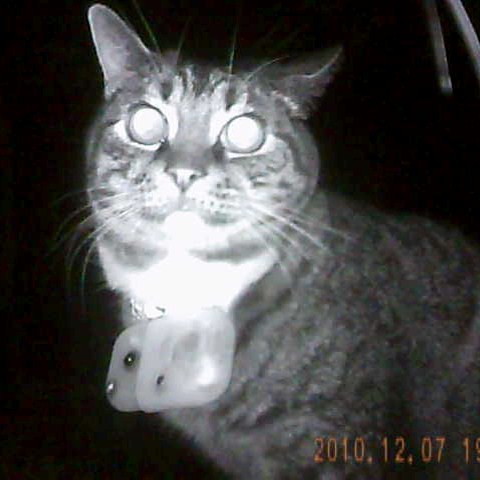Working cats – an effective pest control option or a risky move?
According to a video circulating on social media, New York City is implementing a program that hopes to use feral cats to manage the city’s rodent population. The program will involve capturing the cats, spaying or neutering them, and adopting them out to property owners to keep on their property to deter rodents. The property owners provide the cats with food and shelter to encourage them to remain on-site, and hypothetically the cats will reduce rodent populations. On the surface, this seems like an excellent idea, but some problems start arising if you dig into it.
1.) The cats are already there. According to the video describing the program, New York City has tens of thousands of stray and feral cats. According to this other video focusing on rats, the city has a rat population that likely numbers in the millions. Why would we expect feral cats whose diet is supplemented or provided entirely by people to be more effective at reducing the rodent populations than the tens of thousands of cats that have to hunt for their food?
2.) Research shows that cats are not effective rat hunters. This research conducted by the National Pest Management Association has shown that even when rats and feral cats share territory, the cats very rarely hunt the rats. Similarly, this 1973 review by Wodzicki found that cat control of rodents is very hit-and-miss, and is only successful when the rodent population is low to begin with.
3.) Cats are generalist predators. This short review note and the Kitty Cam Project conducted by the University of Georgia and National Geographic are just small contributors to the considerable body of scientific literature that shows that domestic cats, whether outdoor pet cats or stray/feral cats, will hunt essentially any small animal they can catch, including a huge range of native birds, mammals, reptiles, amphibians, and invertebrates, and that this behavior can seriously harm wildlife populations. The problem is so widespread and well-documented that the Oatmeal created a useful infographic depicting the study results for anyone who does not want to muddle through graphs and scientific literature.
4.) Cats vector zoonotic disease. With just a brief search, I was able to find two papers that discuss the prevalence of disease-causing organisms in cats, with one focusing on flea-vectored diseases and the other being more general. If part of the goal of rodent management is to reduce or eliminate the risk of zoonotic disease via rodents, are we ahead if our management tactic introduces a new source of zoonotic disease?
So what result should we expect to see from the “working cats” initiative? Most likely, peridomestic rodent (house mouse, Norway rat, and roof rat) populations will show little to no response. Native small animal populations are likely to suffer in areas where cats are introduced. Those who adopt the cats will increase their exposure to zoonotic pathogens. And because a greater proportion of feral cats will have their diets supplemented by people, the net effect of the cat population of the city on peridomestic rodents may actually decrease slightly.
Feral cats present a complex, politically charged issue; they are simultaneously pests and pets. However, their use for pest control leads to unpredictable and dangerous results. Maybe we will find a way to incorporate feral cats into rodent management someday, but until then we should focus on the integrated pest management best practices that are available today, such as building or repairing buildings to pest-proof them, reducing or eliminating resources like food, water, and harborage, strategically using traps, and responsibly incorporating chemical controls as needed. For more info on preventing rodents, feel free to check out our other blog posts that tackle this issue here, here, and here.






